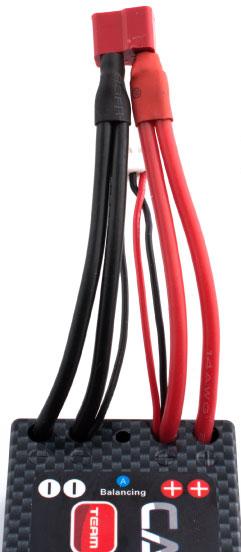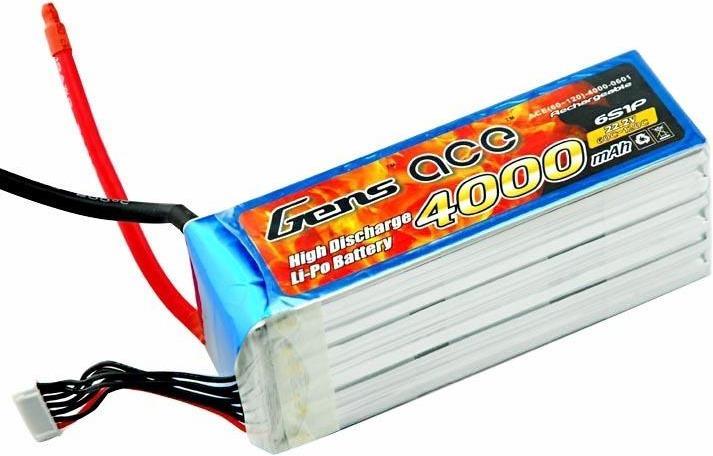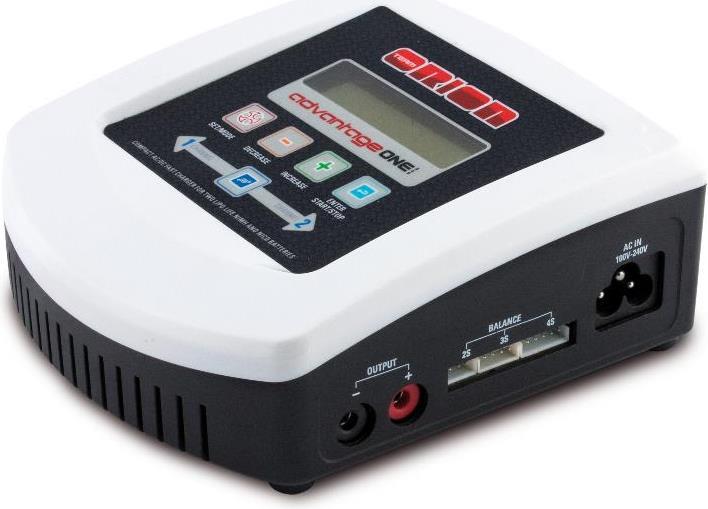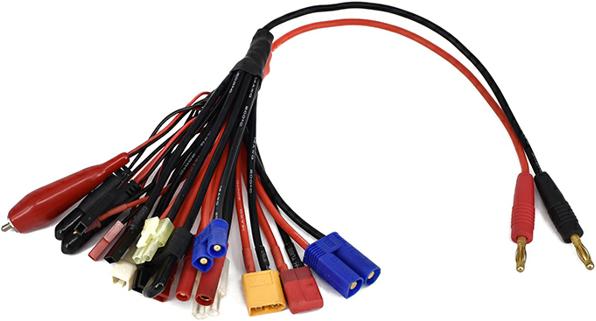
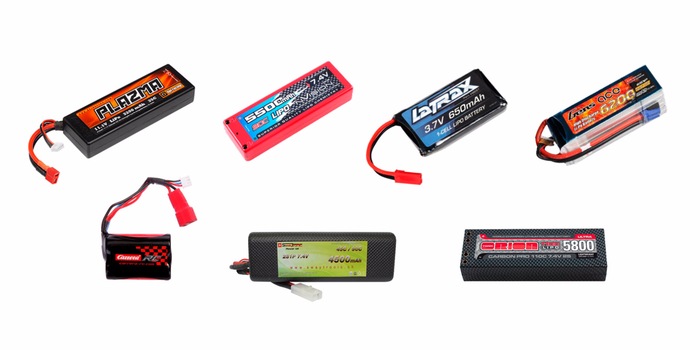
Information, tips and tricks for RC batteries
Here you will find all the important information about the batteries for your RC model. We have also compiled useful tips and tricks for handling RC batteries.
The battery runtime varies greatly from RC model to RC model. It ranges from 5 minutes to 45 minutes ex works. To enjoy a whole afternoon (or even a whole day) of remote control fun, it is therefore advisable to have a few spare batteries to hand. But how do you choose the right one from over 800 different batteries? Basically, you will find the right batteries for each RC model in the accessories section of the product. If you still want to understand why which battery is suitable and what the individual battery characteristics mean, then read on.
Basic information
Of course, it is important that you always choose a battery that fits the model. If the battery is not aligned with the speed controller and does not match the motor power, the RC model will not work as intended. If the battery is too powerful (current and voltage too high), the speed control may burn out. If you use a battery that is too weak, the model will not run or fly properly (jerks, stalls, has too little power). The mass of the battery is also a decisive factor in the choice. It is best to measure the battery compartment first and select a battery of the right size. If you are an experienced hobbyist, you can of course also choose a larger battery and attach it somewhere on the RC model.
The relevant characteristics of batteries are the type, voltage and number of cells, which are dependent on each other, as well as the capacity. You should also pay attention to the size and type of connector plug. But one thing at a time.
NiMH battery vs. LiPo battery
In model making, the main focus of a battery is on high performance and low weight. Lithium-based cells, which are installed in LiPo batteries, for example, have more than twice the energy density of the cells in NiMH batteries. Thanks to their light weight, LiPo batteries are slowly but surely dominating the modelling industry. However, LiPo batteries are more expensive than NiMH batteries and you have to be particularly careful when handling them. You should not expose these batteries to extreme heat and it is better to dispose of them if they are even slightly damaged (even if they would actually still work). You should also always store and charge LiPo batteries in the LiPo save bag. If, for example, you charge the battery with too high a current and it starts to burn, it is protected in the bag. This means that only the battery burns and not the whole house. NiMH batteries are heavier and provide less power than LiPo batteries, but they are cheaper and less tricky to handle, making them ideal for beginners.

"Hard case" vs. "soft case"
There are batteries that have a "hard case", a hard shell. These are much more stable and therefore particularly suitable for RC cars. If such a battery is damaged in an accident or collision, it is not immediately destroyed and does not catch fire. You can tell whether a battery has such a "hard case" or not by looking at it. Here is a comparison of the upper model with a hard case and the lower model with a soft case.
"Softcase" batteries have a light packaging, similar to a shrink sleeve. These are mainly used for model aeroplanes and helicopters.
Pay attention to capacity, voltage and number of cells
When choosing your perfect battery, you should also pay attention to its capacity (specified in mAh). The higher the capacity of a battery, the more power it can store and the longer it can be used with the same motor power. In other words, the more capacity, the longer the driving or flying fun. But be careful: The more capacity a battery has, the heavier and larger it is. As described above, you should still make sure that the battery fits into the battery compartment in terms of mass. The weight is crucial for model aircraft. If the battery is too heavy, the RC model will no longer fly.
The capacity and charging current determine how long it takes to charge a battery. Here is a small calculation example: A battery with a capacity of 2000mAh is charged for 1 hour (h) at a charging current of 2A (=2000mA). A charger with a current of 4A charges this battery within half an hour.
Furthermore, the voltage and number of cells are always specified for a battery. To achieve higher voltages, cells are connected in series, which multiplies the voltage by the number of cells. NiMH batteries have a voltage of 1.2V per cell, LiPo batteries have a voltage of 3.7V. Here, too, you can find out more about the battery with a small calculation: A battery with a voltage of 6V, for example, must consist of 5 NiMH cells, as 6V divided by 1.2V equals 5. A battery with a voltage of 11.1V, on the other hand, consists of 3 LiPo cells (11.1V divided by 3.7V equals 3). As already mentioned, the number of cells is also indicated on the batteries. As can also be deduced from the calculations above, the voltage is also increased with more cells.
In general, the higher the voltage, the more revolutions per minute the electric motor makes. You need a larger number of cells and therefore more voltage if you want to achieve a faster motor speed or if you are equipping your RC model with optional extras such as additional lighting. Please note, however, that the motor and controller must also be designed for the higher voltage.
Charging the batteries
To charge LiPo batteries, you need a charger that is specially designed for LiPo cells. If the cells are not charged evenly, discharged too deeply or overcharged, they can be damaged. For optimum performance, it should be noted that batteries discharge themselves even when they are not in use. It is therefore recommended to store LiPo batteries at a charge level of 60% and at a room temperature of around 20°C. NiMH batteries should be stored at a charge level of 40% and also at a room temperature of around 20°C. Please note that you cannot charge a NiMH battery with a charger for LiPo batteries and vice versa. However, there are also chargers that can be used to charge all battery types.
When charging the battery, the charging rate is a decisive factor that can be set on the chargers. One last new term needs to be introduced at this point: 1C. This is the nominal capacity of the battery (specified in A). A battery with a capacity of 2000mAh has a nominal capacity of 2A. To charge a battery gently, it should be charged at a rate of 1C. A battery with a nominal capacity of 2A should therefore be charged with a current of 2A. As described above in the section on capacity, the battery would of course be charged more quickly with a higher charge rate. However, this puts more strain on the battery, which shortens its service life. The maximum charging rate at which you can charge a battery varies from battery to battery. You will usually find this information printed directly on the battery. There are special batteries that have a charge rate of 5C or higher. You can charge a battery with a capacity of 2000mAh that has a charging rate of 5C with 5 times the nominal capacity (2A), i.e. with a charging current of 10A (5 multiplied by 2A equals 10A). This charges the battery within 12 minutes (2A divided by 10A equals 0.2h, which corresponds to 12 minutes).
This charger impresses with its good price/performance ratio. Like most other chargers, you can use it to charge LiPo, NiMH and other battery types. It charges the batteries with a current of up to 4A.
The right connector
Last but not least, you need a suitable plug to connect the battery to the charger. As with mobile phones, you need different charging cables depending on the brand and type of battery. To always have the right plug ready for all types of batteries, I recommend this cable with 19 different connections.
You might also be interested in:
I love the strategy game “The Settlers of Catan”, the Ravensburger puzzle “Colourful Cupcakes” and the pink fluffy unicorn that sits on my desk (a birthday present from my workmates). Not only do I have a weakness for toys, I also get excited about good food and comedy TV shows.
Interesting facts about products, behind-the-scenes looks at manufacturers and deep-dives on interesting people.
Show all